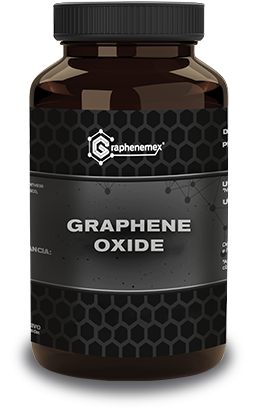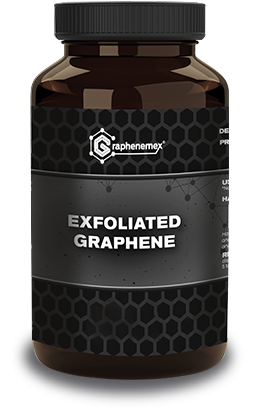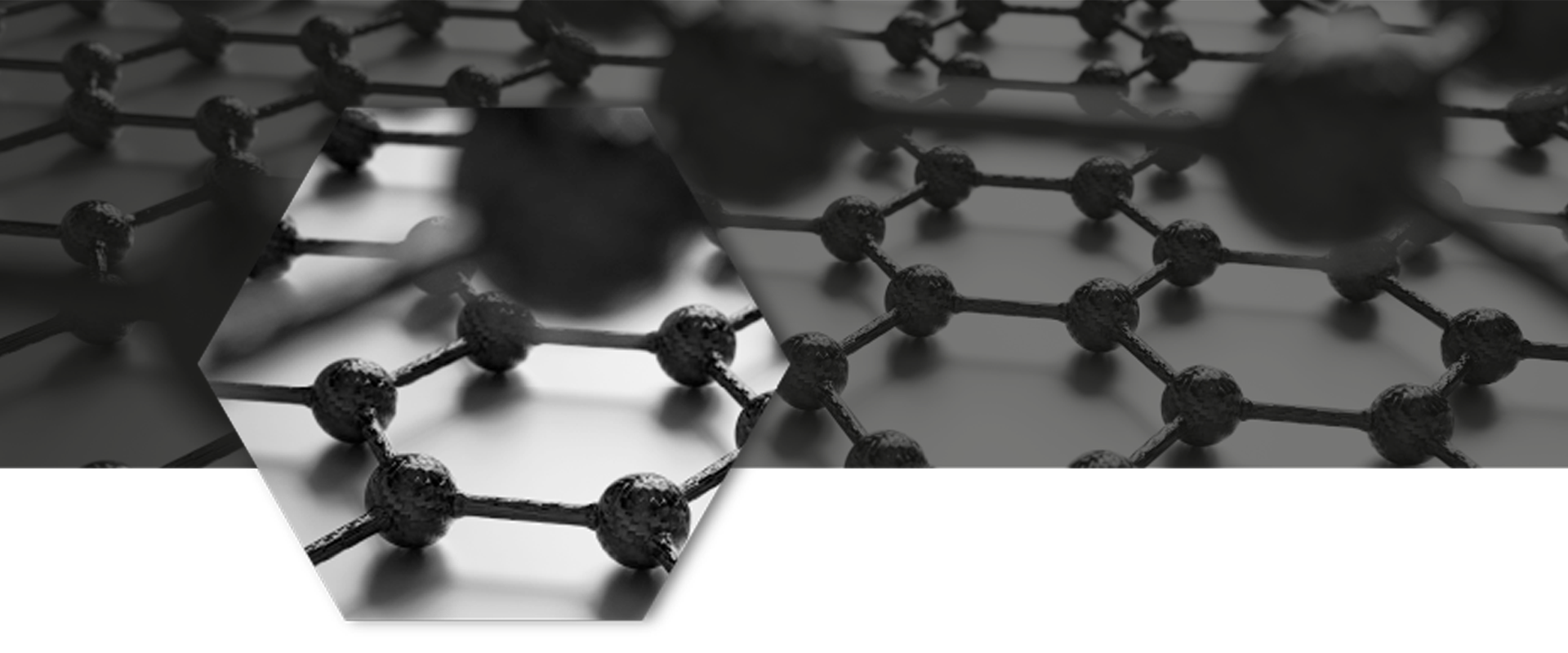LEADERS IN LATIN AMERICA IN PRODUCTION AND FUNCTIONALIZATION OF GRAPHENE MATERIALS
Our commitment to excellence allows us to meet the most demanding demands of the industry and ensure that our customers obtain products with superior competitive advantages thanks of our graphene materials.
GRAPHENE OXIDE

Graphene oxide (GO) is modified graphene with oxygen and hydrogen molecules anchored along its surface. These molecules keep it stable in dispersion and facilitate its interaction with other nanostructures or molecules for the design of new products.
Learn MoreEXFOLIATED GRAPHENE

Graphene, like diamond and graphite, is a carbon material but on a nanoscale. Its structure consists of layers that are only one atom thick, organized in a hexagonal pattern similar to a honeycomb; this unique arrangement and the strong carbon-carbon bonds that make it up are responsible for a wide range of highly attractive properties for science and industry.
Learn MoreCONTACT US AND LET OUR EXPERTS HELP YOU ON THE USE OF OUR GRAPHENE MATERIALS
Graphene materials offer you a world of possibilities.
Maximize their unique features and transform your industry with superior performance.

Large surface area

Self-repairing

Enhanced strength

Electrical and thermal conductivity (exfoliated graphene)

Electrical insulator (graphene oxide)

Antimicrobial

UV resistance

Impermeability

DISCOVER MORE ABOUT THE GREAT BENEFITS THAT GRAPHENE MATERIALS CAN OFFER TO YOUR INDUSTRY
View ResourcesFREQUENTLY ASKED QUESTIONS ABOUT GRAPHENE MATERIALS
View questions- Where is graphene obtained from?
The primary raw material for graphene is graphite. That’s why Mexico plays a significant role in the value chain, as it is among the top 8 graphite producers in the world. However, graphene can also be obtained through other processes from gases with a carbon composition, such as methane. - What is the difference between graphene and graphene oxide?
Their surface chemistry. While graphene is hydrophobic because it is mainly composed of carbon atoms, graphene oxide is hydrophilic due to its high percentage of oxygen atoms. - Which graphene material is better, graphene or graphene oxide?
Both materials are good, each with different properties. Therefore, their use depends on the type of application you want to pursue. For example, if you need an insulating material, the choice is graphene oxide, but if you’re looking for conductivity, graphene is the alternative. - Do all graphene suppliers offer the same product?
No, even though graphene and graphene oxide have specific characteristics that identify them as such, each supplier or producer has their own synthesis method. Consequently, the final characteristics of each material are unlikely to be exactly the same as those obtained by another producer. - Is graphene toxic?
Being a material derived from carbon, it is not considered toxic. However, it should be handled with care, like any other material. Graphene is a high-tech material and requires specific technical and scientific knowledge for its manipulation. It is not designed for direct use in the body. To safely harness all its advantages, graphene should be anchored or immobilized in other engineering materials like plastics, resins, or other additives. - How much graphene is needed to increase the strength of a material?
Each product design is different, so it is challenging to establish an exact formula for its use or dosage. However, the benefits of graphene can be realized at concentrations below 2%. - What is functionalized graphene?
Functionalized graphene is when, through a chemical modification, other molecules or nanoparticles are anchored to its surface to give it a specific function. It is a common practice in nanotechnology to enhance the performance of a material, and graphene is no exception. - If graphene offers so many benefits, why are there few applications in the market?
The main factors are cost, the difficulty in production, a lack of technical and scientific knowledge for its use, and market complexity.
Fortunately, due to the solid advances in graphene science, it is gradually gaining a stronger foothold in the industry. - What types of graphene-based products are currently available?
Primarily, you can find anticorrosive coatings, antimicrobial materials, conductive inks, sports equipment such as rackets, helmets, and footwear, electronic devices like processors and storage memory, biosensors, speakers, plastic additives for construction, as well as a wide range of prototypes. - Can I develop my own graphene applications?
Yes, especially when you are a manufacturer and have control over most of your raw materials. Additionally, it’s crucial to have good communication and guidance from your graphene material supplier, remembering that every new development involves research and effort.

















